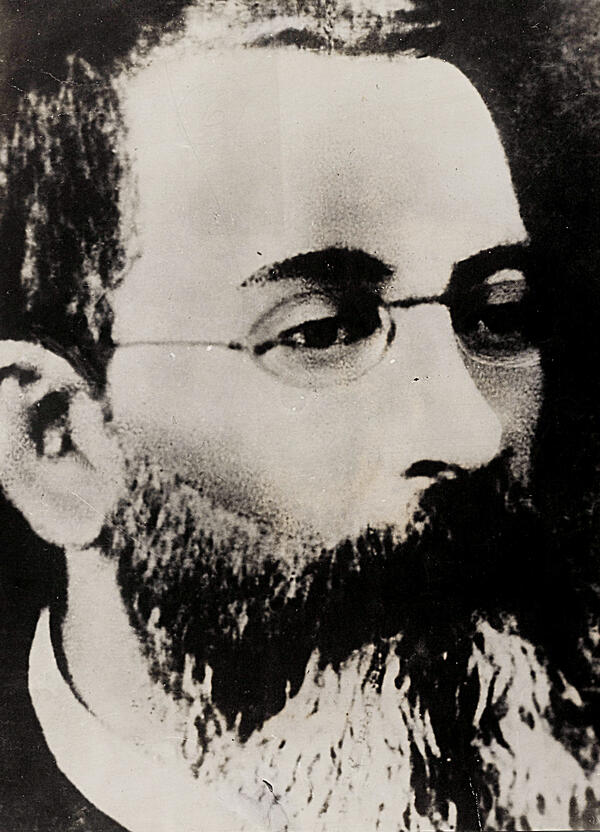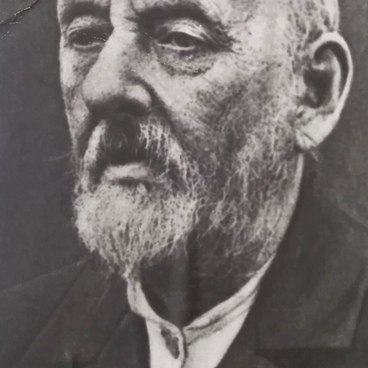When Tsiolkovsky museum was being created this photograph was given to the inhabitants of Izhevskoye by the house-museum in Kaluga.
According to the family legend, the ancestor of the Tsiolkovsky was the rebel NalivAiko. He fought against the Polish aristocracy, led a peasant-Cossack rebellion and was executed in 1597. However, no documents have been found to confirm or refute this relationship. Archival documents show that the TsiolkOvsky family belonged to the Polish nobility. The first mention of this was found in documents from 1697.
The father of the scientist, Edward, graduated from the Petersburg Forest Institute, served in Olontskaya and Petersburg Governorates. In 1843, he was transferred to Ryazan Governorate as a forester in Pronsky District. Six years later, to Spassky District. That’s when Edward TsiolkOvsky settled down in Izhevskoye. The village at that time was considered the economic and cultural center of the whole district. About 8,000 people lived in it, three parish churches were opened, many shops, public houses, tea houses, coaching inns.
According to the family legend, the ancestor of the Tsiolkovsky was the rebel NalivAiko. He fought against the Polish aristocracy, led a peasant-Cossack rebellion and was executed in 1597. However, no documents have been found to confirm or refute this relationship. Archival documents show that the TsiolkOvsky family belonged to the Polish nobility. The first mention of this was found in documents from 1697.
The father of the scientist, Edward, graduated from the Petersburg Forest Institute, served in Olontskaya and Petersburg Governorates. In 1843, he was transferred to Ryazan Governorate as a forester in Pronsky District. Six years later, to Spassky District. That’s when Edward TsiolkOvsky settled down in Izhevskoye. The village at that time was considered the economic and cultural center of the whole district. About 8,000 people lived in it, three parish churches were opened, many shops, public houses, tea houses, coaching inns.



